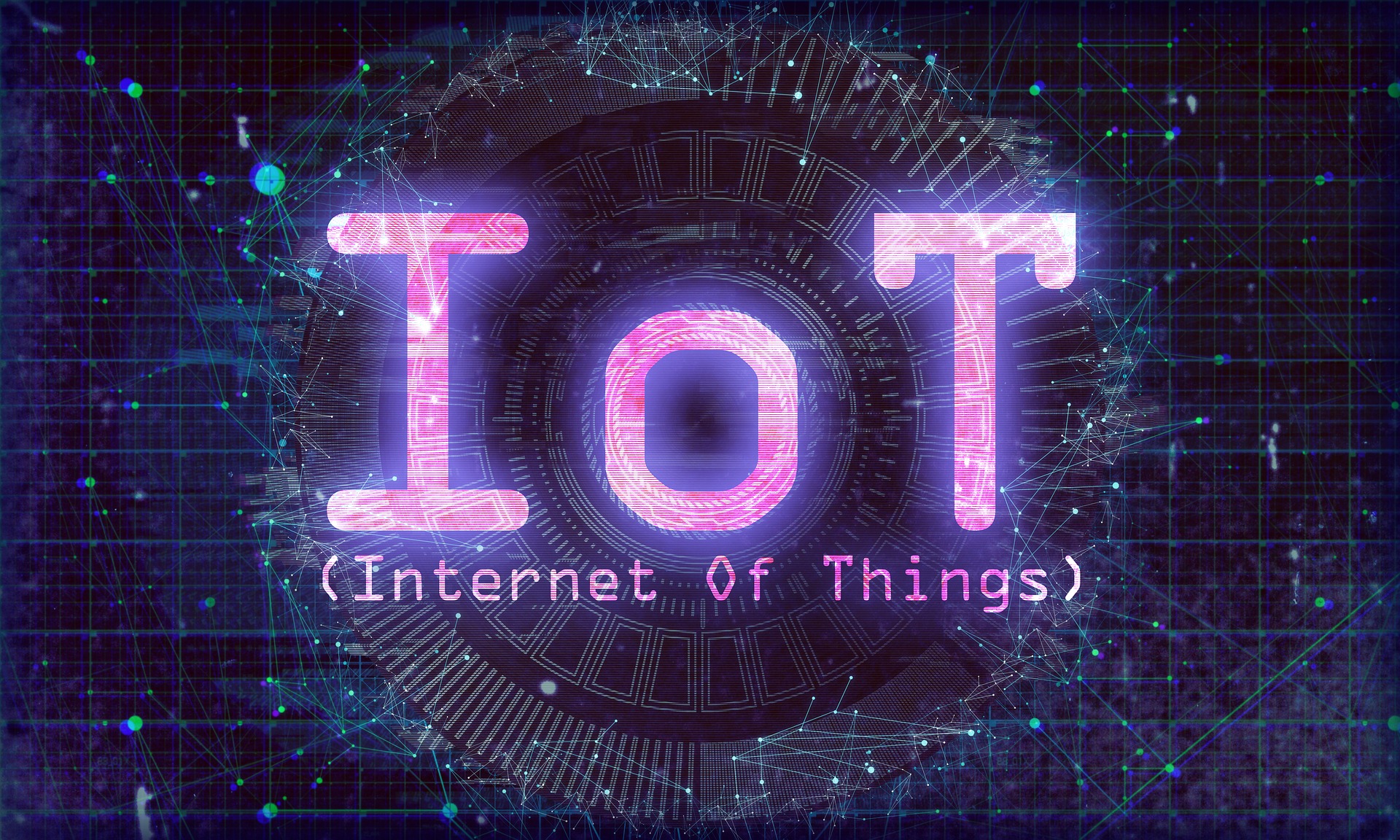The Internet of Things (IoT) is a general term that describes connecting physical objects ‘Things’ to the Internet or to each other. This connection allows the exchange of data to analyze it and possibly take action.
‘Things’ could be anything from devices like cars, security cameras, smart watches to even dog collars. IoT also has industrial applications like machine-to-machine communications.
A sensor gathers information from its surrounding, a chipset sends this information using a SIM card to a server that gathers this information and processes it, and sends back the appropriate response.
IoT devices usually has these elements:
- A device that has a SIM card to connect to the Internet. Some IoT devices work on WiFi.
- A processing chip
- A sensor that gathers information
- A server side that processes the information gathered by the sensors
The connection between IoT elements looks like this:
Sensor on the device => Chipset + SIM Card => Server => Device
Some IoT applications that are currently being used on daily basis:
- Wearable devices: wearables like smart watches and
Fitbit are considered IoT devices
- Smart Homes appliances: like Google Nest Thermostat is another example, it’s connected to the Internet, has sensors that will turn down your heating or cooling systems when you are not at home to save electricity
- Smart Cities
- Connected Vehicles.
Why is IoT important?
According to statista.com the number of connected IoT devices was 10 billion in 2020 and is expected to rise annually to reach 25 billion in 2030.
Klaus Schwab, the founder and executive Chairman of the World Economic Forum named IoT among technologies like AI, autonomous vehicles, 3D printing, the blockchain, biotechnology, the fourth industrial revolution.
“The changes are so profound that, from the perspective of human history, there has never been a time of greater promise or potential peril,” Schwab asserts.
Smart Cities: what did IoT offer to the city of Barcelona?
Barcelona is leading the way of using IoT on a city wide scale. IoT systems were implemented across the city on public transit, parking, street lighting, and waste management.
The city installed 19,500 smart meters to conserve energy in specific areas in the city.
According to the former Deputy Mayor of Bacelona Antoni Vives. Barcelona saved $58 million a year on smart water, increased revenues of parking fees by $50 million, and created 47,000 jobs.
Let’s take a closer look at another area where IoT systems are implemented, connected vehicles:
A connected vehicle is one that connects to nearby devices over wireless networks.
A connected vehicle could:
- Communicate with other vehicles on the road, locate them and avoid crashes
- Communicate with road-side sensors for traffic updates
- Update the car’s software over-the-air instead of going to the manufacturer. Tesla cars uses over-the-air software updates to enhance existing features or add new ones.
- Connect to entertainment systems
- Get locked / unlocked from your smart phone.
According to the US National Highway Traffic Safety Administration (NHTSA), 5.4 million crashes and 2.24 million injuries happened in 2010.
A connected vehicle will improve safety by alerting the driver of dangers they can’t even see. The vehicle will communicate with other vehicles on the road to alert the driver whenever there’s a danger ahead of them.
The Texas Transportation Institute reported that the total amount of wasted fuel topped 1.9 billion gallons in 2010. Here, connected vehicles will have an impact on the environment too. Using real-time information about traffic conditions, drivers can avoid unnecessary stops and congestions on the road thus reaching optimum fuel efficiency.
Every new technology comes with its own set of challenges, in the case of Internet of Things, it’s security and privacy.
Stuart Mitchell Chief Evangelist & Head of Product at ZARIOT in a session at the recent Cyber Security and Cloud Expo mentions a number of IoT security threats:
- IoT devices themselves could be attacked
- SIMs within the devices could be attacked through lost or theft
- Internet based cyber security threats
Private and public sectors are working to create solutions to protect against the possible security threats facing IoT and there’s a lot of work to be done.
“The government is working to ensure consumer “smart” devices are more secure, with security built in from the start.”
The UK’s Government Website.
Sources:
https://www.its.dot.gov/factsheets/pdf/connected_vehicles_work.pdf
https://www.businessinsider.com/internet-of-things-devices-examples
https://www.ft.com/content/9930245c-b924-11e5-bf7e-8a339b6f2164
